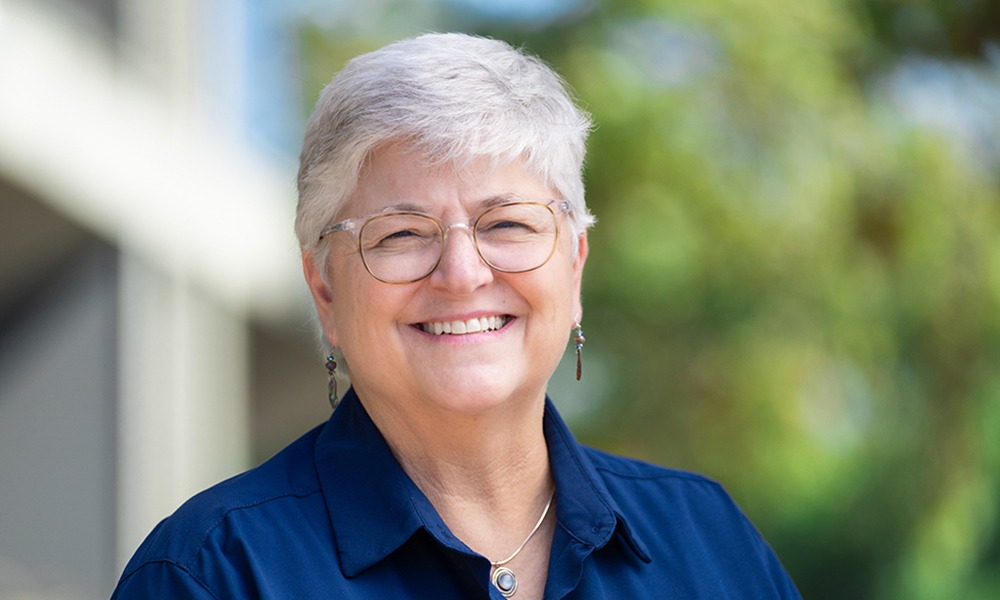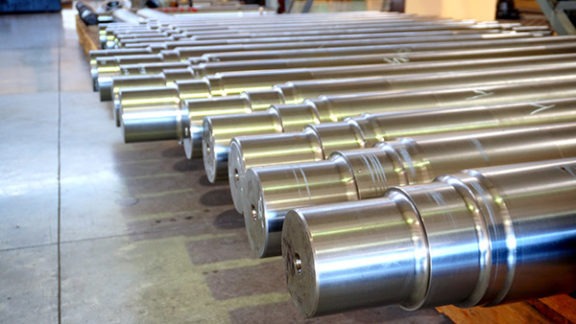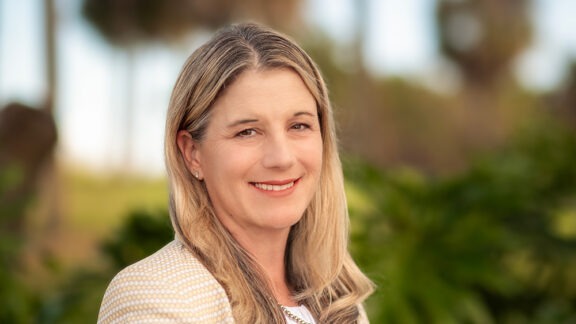An article in Remediation coauthored by Haley & Aldrich’s Anita Broughton provides a federal and state-by-state summary of specific drinking water and groundwater concentration criteria for the synthetic chemical 1,4-dioxane. The article, “1,4 – Dioxane: Emerging technologies for an emerging contaminant,” also features a qualitative comparison of the effectiveness of conventional treatment technologies compared to the effectiveness of an alternative treatment technology as well as a case study on an active groundwater remediation site in California.
U.S. Environmental Protection Agency (EPA) classifies 1,4-dioxane as a probable human carcinogen. A federal maximum contaminant level drinking water standard does not yet exist, but the EPA has detected concentrations in public drinking water supplies over 100 times higher than published current and proposed health protection levels.
Unfortunately, conventional treatment technologies have had limited success in reducing concentrations in water to meet health-protective levels. However, in the last several years, an alternative, cost-effective technology has been developed that has demonstrated treatment to concentrations significantly lower than those levels.
Broughton’s coauthors include Andrea Sepulveda, Keith Foster, and Michael G. Nickelsen of ECT2, Taras Kruk of AECOM, Maleya Gillan of the University of Arizona, and Thomas K.G. Mohr of Mohr HydroGeoScience. Haley & Aldrich’s subsidiary ECT2, which Montrose Environmental Group acquired in September 2019, develops innovative treatment technologies to treat water and air.
Read the full article in Remediation.





